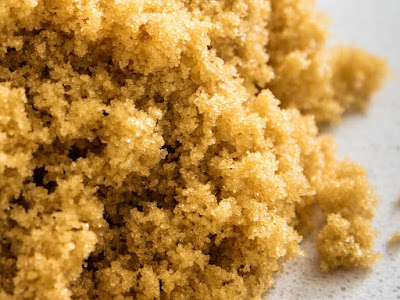Yesterday I shared we were buying a new house and selling our current house That got me thinking about private mortgage insurance (PMI) and how it effected our home buying over a decade ago and our home buying this time around.
So what is PMI? It's a fee that you have to pay, on top of your monthly mortgage, to the bank that protects the lender (the bank) in the event you stop paying on your house. PMI is typically less than 1% of your monthly mortgage, so maybe around $100 per month. A bit more if your home loan is larger. A bit less if your loan is less. If your down payment is less than 20% of the selling price, you'll have to pay a monthly PMI until you've paid that loan down to less than 80% of the sale.
When we bought our first home we had no choice but to pay PMI. Coming out of grad school there was simply no way to build up a 20% down payment. Our choice was to rent for several years, or deal with the PMI. We decided we really wanted a house, so we swallowed the PMI pill. This time, however, paying PMI was not an option. We've been looking for awhile, but waited until we had 20% on the home we wanted. PMI provides no advantage to the home owner. It is simply there to help protect the lender. To you, the owner, it is wasted money every month.
My advice to home buying. Pay the PMI if that's the only way you can get into a house, but otherwise do what you can to put that 20% down to avoid the PMI.











